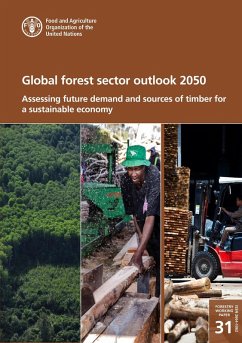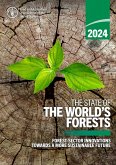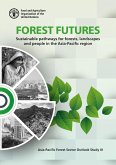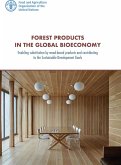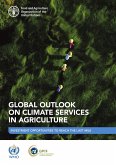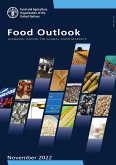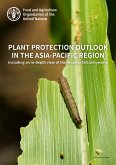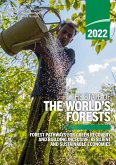The global threats to climate, biodiversity and a healthy environment are mainly caused by the excessive use of non-renewable materials. The Food and Agriculture Organization of the United Nations (FAO), in collaboration with the International Tropical Timber Organization (ITTO) and Unique Consultancy, elaborated a Global Forest Sector Outlook 2050 to assess the capacity of wood supply to support a sustainable bioeconomy. The report presents a business-as-usual scenario, based on the Global Forest Products Model (GFPM), and a bioeconomy scenario based on the impact of increased consumption of two wood products consolidated in the market: mass timber and manmade cellulose fiber. The publication assesses the market outlook for demand for primary processed wood products, demand and supply of industrial roundwood, wood energy, and forest employment and investments. From a deman-driven perspective, it discusses the actual forest resource base and production needs to supply future demand by factoring in the use of wood residues and enhanced productivity in the forest sector, as well as the influence of megatrends and policy objectives.
Dieser Download kann aus rechtlichen Gründen nur mit Rechnungsadresse in A, B, CY, CZ, D, DK, EW, E, FIN, F, GR, H, IRL, I, LT, L, LR, M, NL, PL, P, R, S, SLO, SK ausgeliefert werden.

